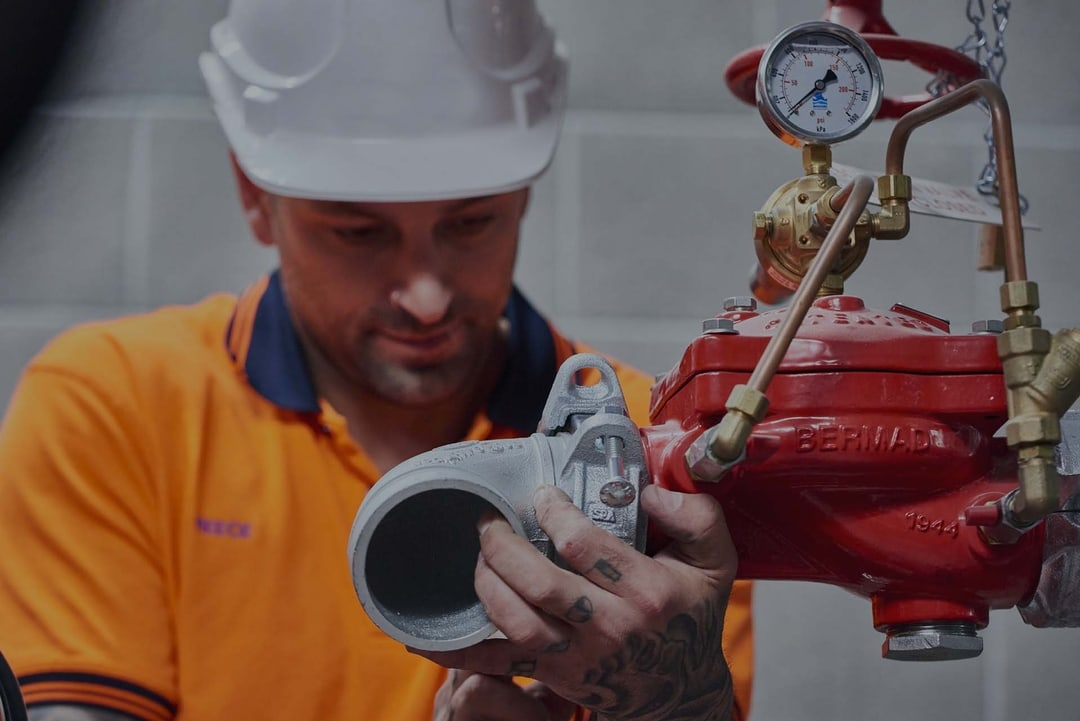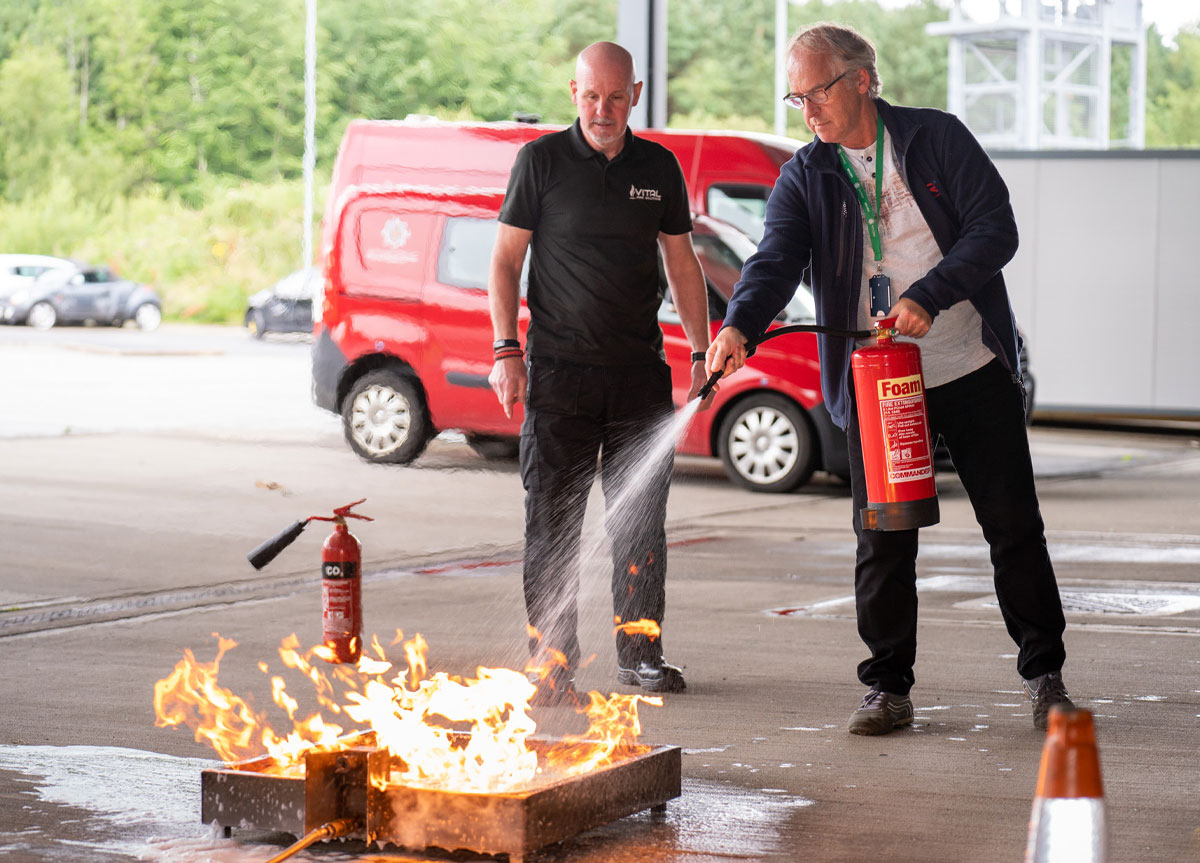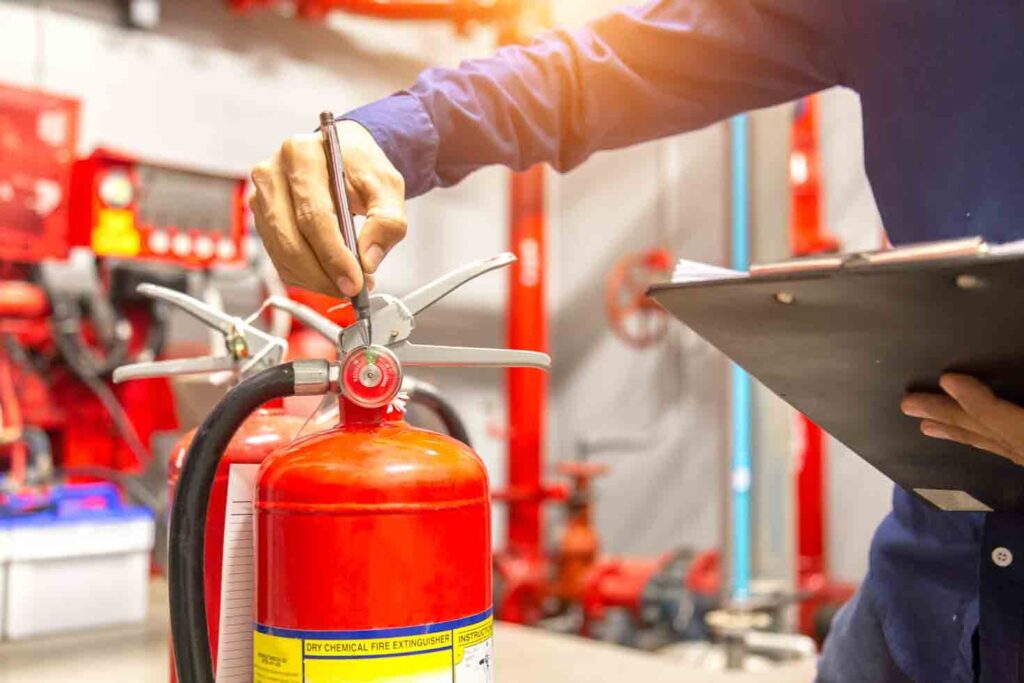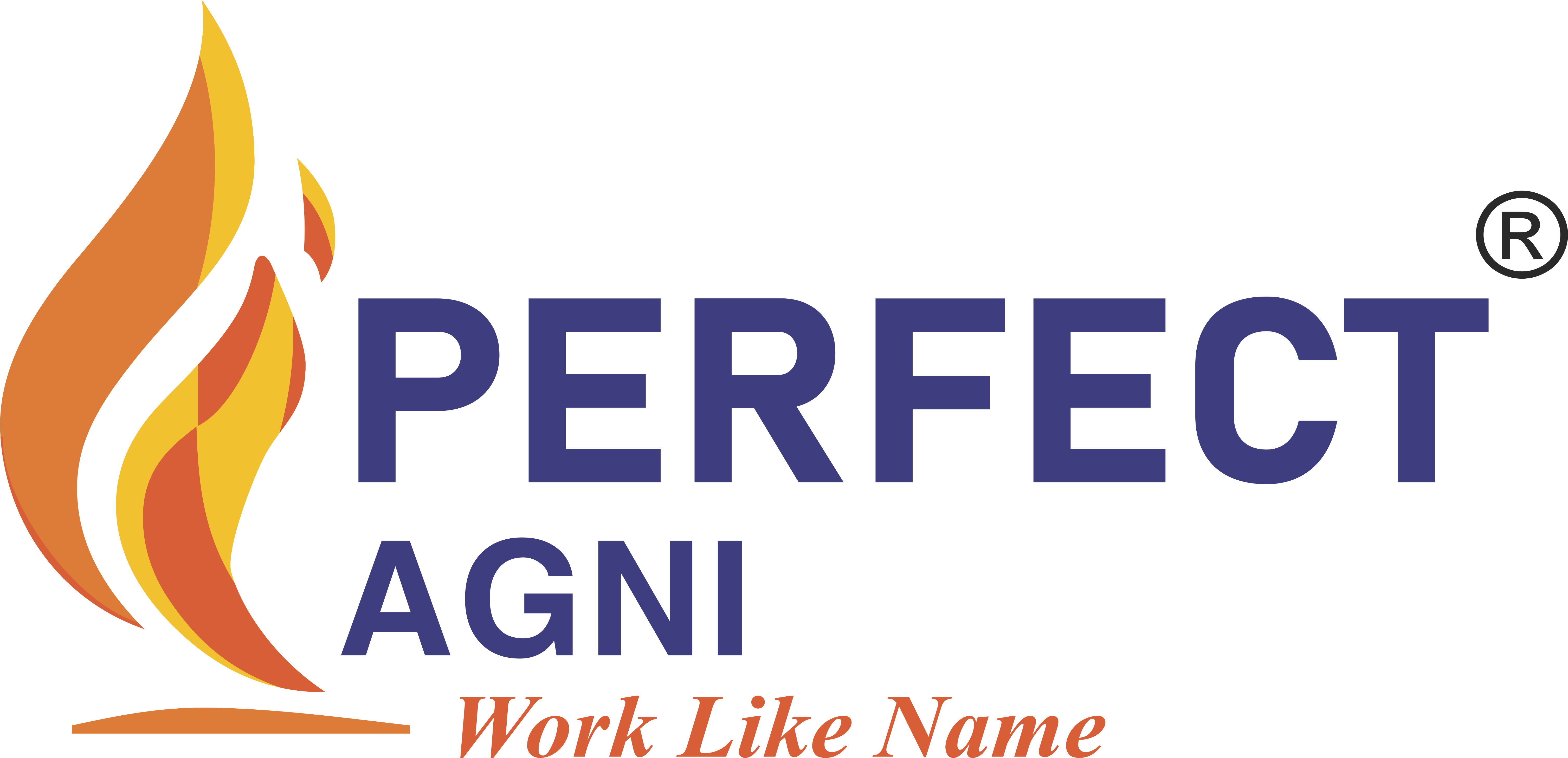Your First Line of Fire Defense
As certified fire safety specialists, we provide complete fire extinguisher solutions tailored to your specific environment and risks. Our comprehensive service includes expert selection, professional installation, regular maintenance, and staff training to ensure your premises are protected against fire emergencies at all times.




Types of Fire Extinguishers
Water (Class A)
For ordinary combustibles like wood, paper, and cloth. Not suitable for electrical or liquid fires.
CO₂ (Class B & Electrical)
For flammable liquids and electrical fires. Leaves no residue, safe for electrical equipment.
Foam (Class A & B)
For both solid combustibles and flammable liquids. Forms a blanket to smother fires.
Dry Powder (ABC Classes)
Multi-purpose for solids, liquids, gases, and electrical fires. Versatile but messy.
Wet Chemical (Class F)
Specialized for cooking oil and fat fires. Creates cooling and sealing effect.
Expert Selection Guidance
Our fire safety specialists conduct thorough risk assessments to determine the optimal types, sizes, and quantities of extinguishers for your premises. We consider all factors including building layout, fire hazards present, occupant numbers, and specific risks to create a customized fire protection plan that complies with all regulations and standards.
Our Comprehensive Services
Supply & Installation
We provide high-quality extinguishers from leading manufacturers, correctly sized for your needs. Our technicians install units at optimal locations with proper signage and mounting for immediate accessibility during emergencies.
Maintenance & Testing
Regular servicing including pressure checks, weight verification, visual inspections, and internal examinations to ensure all extinguishers remain in perfect working condition when needed.
Recharging & Refilling
Prompt recharging after use or when pressure drops below required levels. We use manufacturer-approved materials to maintain extinguisher effectiveness and warranty compliance.
Staff Training
Practical training sessions teaching proper extinguisher selection and use with live fire simulations. Includes PASS technique (Pull, Aim, Squeeze, Sweep) and emergency response protocols.
Installation Standards
Compliance & Placement
Our installations strictly follow NFPA 10 and local fire codes with proper:
Maintenance Process
Monthly Visual Inspection
Quick check for pressure, damage, obstruction, and proper signage conducted by your staff with our guidance.
Annual Maintenance
Detailed examination including weighing, pressure testing, and internal inspection by our certified technicians.
5-Year Internal Exam
Complete discharge, internal vessel inspection, and rebuild with replacement of all seals and O-rings.
Hydrostatic Testing
Pressure vessel integrity testing conducted every 5-12 years depending on extinguisher type.
Why Choose Our Extinguishers
Premium Quality Assurance
Technical Specifications
Performance Standards
Portable Units: 1kg to 9kg capacities with 5-30 second discharge times
Wheeled Units: 25kg to 150kg for high-hazard areas
Operating Pressure: 10-25 bar depending on type
Temperature Range: -40°C to +60°C storage capability
Discharge Range: 1m to 6m depending on type and size
Service Life: 10-20 years with proper maintenance
Industry Applications
Office Buildings
ABC powder and CO₂ extinguishers for mixed hazards including electrical equipment, paper, and furnishings.
Industrial Facilities
Specialized solutions for chemical, metal, and oil fires with appropriate suppression agents.
Commercial Kitchens
Wet chemical systems designed for high-temperature cooking oil fires with anti-reflash protection.
Vehicle Protection
Automotive and marine extinguishers with vibration-resistant mounting for mobile applications.
Training Programs
Practical Fire Safety Education
We offer customized training programs ranging from basic awareness to advanced firefighting. Our hands-on courses use live fire simulations to build confidence in extinguisher use, covering proper selection, safe operation, and emergency protocols. Training includes recognition of fire classes, understanding extinguisher labels, and when to evacuate versus when to fight a fire.

